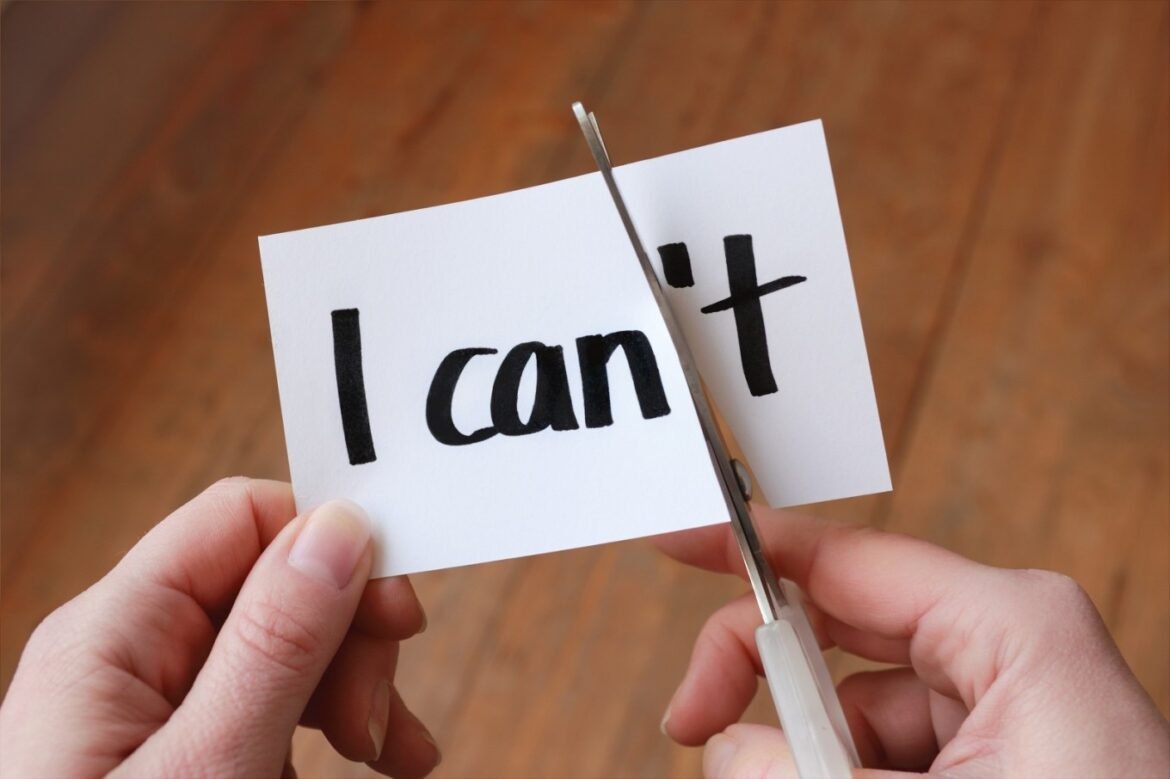Self-esteem is a cornerstone of a student’s emotional and academic development. When students believe in themselves, they’re more likely to take on challenges, persist through setbacks, and grow into confident, capable individuals. Yet, many students struggle with low self-esteem, often due to academic pressures, peer comparison, or lack of support. Building self-esteem is not just a task for the student—it’s a collective responsibility of educators, parents, and society at large.
What Is Self-Esteem?
Self-esteem is the perception we have of our own worth and abilities. In students, healthy self-esteem manifests as confidence, motivation, resilience, and a willingness to learn from mistakes. Low self-esteem, on the other hand, can lead to fear of failure, withdrawal from participation, and negative self-talk.
Why Is Self-Esteem Important for Students?
- Boosts Academic Performance: Confident students engage more actively in class and are willing to take intellectual risks.
- Improves Social Skills: Students with healthy self-esteem communicate better, form healthier relationships, and resolve conflicts peacefully.
- Promotes Mental Health: Higher self-esteem protects against anxiety, depression, and stress.
- Builds Lifelong Resilience: Students who believe in themselves are more likely to bounce back from failure and setbacks.
Complete Guide to Building Self-Esteem in Students
1. Encourage a Growth Mindset
Teach students that intelligence and abilities can be developed through effort. Replace phrases like “I’m just not good at math” with “I’m still learning math.”
- Tip: Celebrate effort, not just outcomes.
- Tool: Use affirmations like “I can learn from my mistakes” or “Challenges help me grow.”
2. Offer Genuine Praise
Give specific and honest praise that focuses on the process, such as perseverance, creativity, or improvement—not just talent or grades.
- Avoid: Empty praise like “You’re the best!”
- Try: “You worked hard to finish that project even though it was tough. That’s impressive!”
3. Create a Safe Learning Environment
Students thrive in environments where they feel safe, accepted, and free from judgment.
- Strategy: Foster inclusivity, prevent bullying, and promote respectful communication.
- Action: Encourage open sharing of ideas without fear of being wrong.
4. Set Realistic Goals
Help students set achievable, personalized goals and celebrate when they meet them.
- Approach: Use short-term goals as stepping stones toward larger objectives.
- Reward: Recognize progress, not just perfection.
5. Model Positive Self-Esteem
Educators and parents should model confidence, self-acceptance, and resilience.
- Example: Share your own learning challenges and how you overcame them.
- Practice: Use positive language about yourself in front of students.
6. Teach Emotional Literacy
Help students identify and express their emotions constructively.
- Tool: Journaling, storytelling, or role-playing activities.
- Result: Better self-awareness and emotional regulation.
7. Promote Responsibility and Independence
Give students opportunities to make choices and take ownership of their learning.
- Tactic: Allow them to choose project topics or decide how to present their work.
- Outcome: Builds a sense of competence and control.
Famous Self-Esteemed Learners: Inspiring Success Stories
1. Oprah Winfrey
Born into poverty and facing numerous hardships, Oprah struggled with self-worth in her youth. However, her belief in education and her ability to persevere helped her become one of the most influential media figures in the world. Her journey proves how inner confidence and resilience can turn adversity into greatness.
2. Albert Einstein
Einstein was labeled slow and even “lazy” in his early school years. He struggled with traditional learning methods, but he never let others define his intelligence. His strong belief in his ability to think differently led to some of the most revolutionary ideas in science.
3. J.K. Rowling
Before publishing Harry Potter, Rowling faced rejection from multiple publishers and battled depression. Yet, her deep belief in her story and in herself helped her persist. Today, she is one of the most successful authors in history—an example of how self-esteem fuels persistence.
4. Michael Jordan
Cut from his high school basketball team, Michael Jordan could have given up. Instead, he used the setback to fuel his self-belief and work ethic. He became one of the greatest athletes of all time and often speaks about the importance of failure in building confidence.
Final Thoughts
Building self-esteem in students is not an overnight process. It requires patience, support, and consistent reinforcement from everyone involved in a student’s life. When students begin to see their own worth, the effects ripple through their academics, relationships, and futures.
By nurturing confidence, embracing mistakes, and celebrating progress, we can empower a generation of learners who not only succeed but also believe they deserve to succeed.
